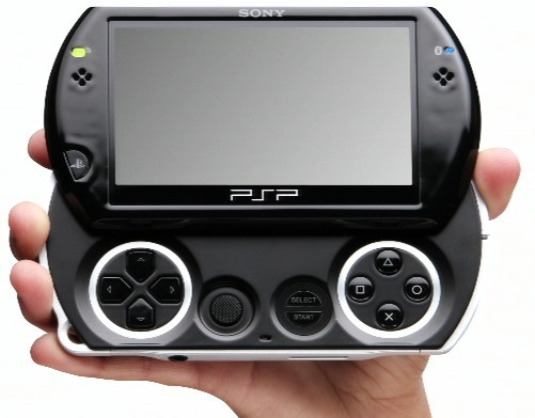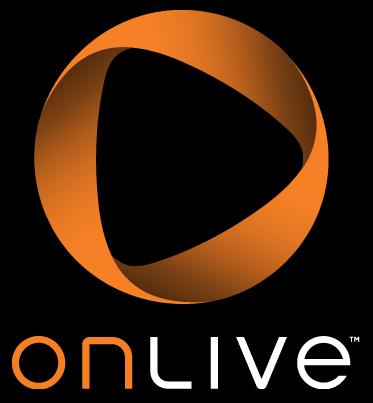 Nintendo and Sony reacted predictably to the iPad’s debut last week — that is, they blew it off.
Nintendo and Sony reacted predictably to the iPad’s debut last week — that is, they blew it off.
Sony’s comments, in particular, deserve scrutiny, because PSP sales fell further last year than any other console. It’s harder to find fault with Nintendo’s remarks when the Nintendo DS continues to outsell every gaming machine on the market. John Koller, Sony Computer Entertainment’s director of hardware marketing, said Apple’s gaming presence has been “a net positive” for Sony. “When people want a deeper, richer console, they start playing on a PSP,” he told the Wall Street Journal.
Sony’s been saying this for a while. The company believes that the PSP offers deep gaming experiences while the iPhone is shallow. That is increasingly less true as games like Assassin’s Creed and Grand Theft Auto: Chinatown Wars end up on Apple’s devices. Besides, ignoring consumers who liken portable games to snacks isn’t wise. That’s probably why Sony introduced PSP Minis, a downloadable catalog of cheap, small-scale games, albeit more expensive than the same games on the iPhone.
So here’s what I propose: Instead of trying to position the PSP as the major leagues to the iPhone’s farm team, Sony should exploit the one real advantage it has. I’m talking about buttons.
We’re entering an age where buttons are marginalized. The Wii threw out many of them. Nintendo DS games often focus on the touch screen. Microsoft’s Project Natal will do away with buttons entirely. Play any console game that’s been ported to the iPhone, and you’ll miss the D-Pad’s tactile feedback. Someone’s got to stand up against the erosion of gaming’s most time-honored tradition.
It might as well be Sony, whose PSP is blissfully set in its ways. Mr. Koller, I propose that you ditch the silly marketing jargon and say something that gamers really understand: “Button mashers, welcome home.”








